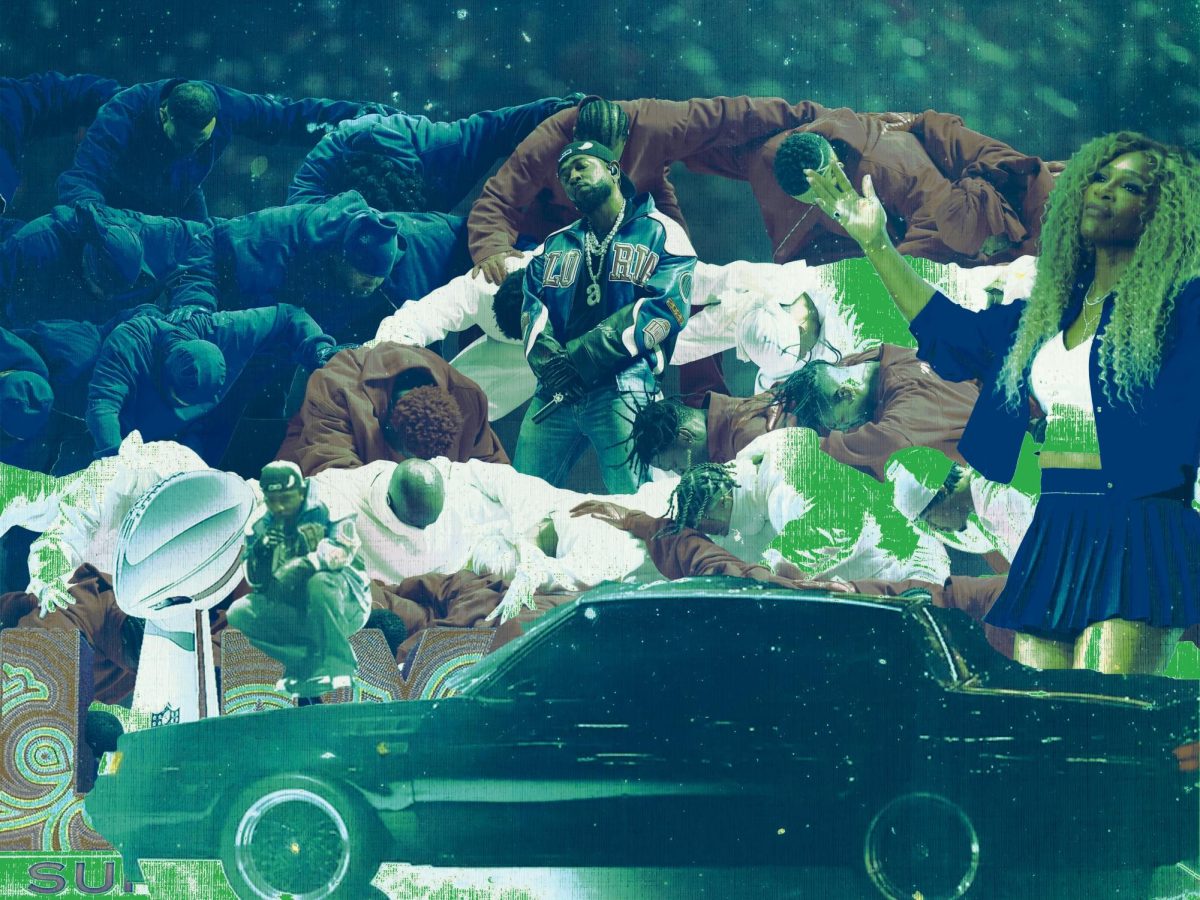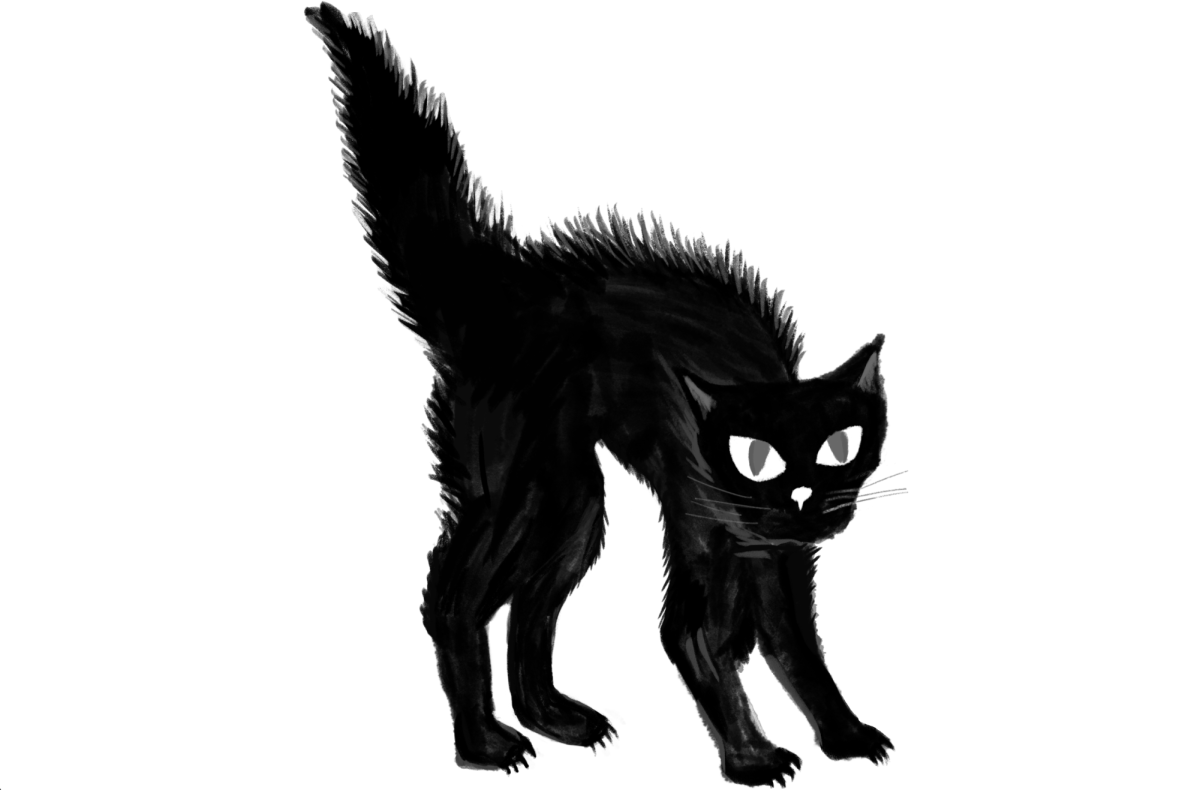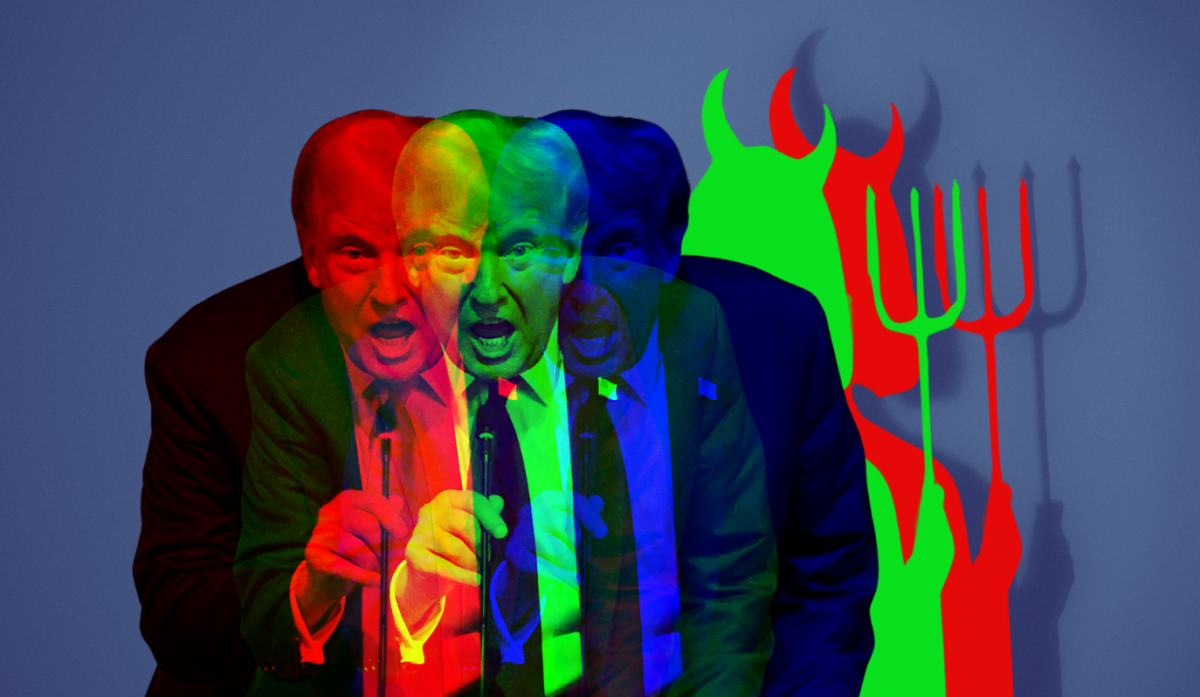Halloween now means trick-or-treating, eating candy, carving pumpkins, and sporting costumes on October 31 of each year. However, the original Halloween celebrations began with the festival of Samhain (pronounced sow-in), where ancient Celtic people would light bonfires and wear costumes to ward off ghosts. Around the same time, Pope Gregory III donned Nov. 1 a day to revere all saints, officially known as All Saints Day. Eventually, All Saints Day began to adopt the traditions of the festival of Samhain. It became known as All Hallows Eve and then finally dubbed Halloween as we know it.
To college students though, Halloween is the chance to dress up and party for a whole weekend. It can be all fun and games, but there are some issues with the party culture surrounding how we celebrate this holiday.
As Halloweekend approaches, we’ve got a few reminders for you on how to have fun in a safe and socially-conscious way!
Your costume choice is not an opportunity to fetishize or sensationalize anyone’s culture, race, sexuality, gender identity, mental illness, or physical disability, among other things. It is so important for all of you participating in Halloween festivities to be aware and conscientious of what exactly you are trying to represent with your costume.
It is 2018 and cultural appropriation is still an issue that needs to be confronted and discussed with yourself and with your friends when it comes to choosing what to wear. Halloween can be such a fun time to get in touch with your creative and playful side, but it can become uncomfortable and inappropriate when you decide to play off someone’s identity.
We are telling you right here, right now: DO NOT dress up as a “sexy” geisha, a “sexy” Dia de las Muertos corpse, or a “sexy” Native American chief. DO NOT dress up as a mental institution patient. DO NOT dress up as Caitlyn Jenner. DO NOT dress up as a flasher.
Just as a general rule of thumb, stay away from creating costumes out of people’s experiences. There are so many other ideas you can think of for a Halloween costume that will not offend anyone. Be your favorite movie or television character, or even a silly pun. We know you can do it. It’s not that hard.
At Seattle University, it is widely known that Halloween turns into one of the biggest weekends where binge-drinking is prevalent among students. We want you to be aware of the possible negative effects it can have on you when you participate in it.
Even if you feel like you have built a high tolerance for yourself, drinking a large amount of alcohol in one day actually ends up being way worse than having a few drinks every day. Some short-term effects include alcohol poisoning, excessive vomiting, inflammation of the pancreas and the liver, and an increase in injuries and death from motor vehicles, drowning, and suffocation. The long-term effects on your health include cancer of the liver, colon, throat, and mouth, increased risk of heart attacks, high blood pressure, and irregular heartbeats, and alcoholism.
If you do choose to drink during these spooky Halloween activities, keep track of how much alcohol you are consuming and make sure you are surrounded by people you trust to take care of you, should you find yourself becoming too impaired.
With these warnings in mind, no matter what a person is wearing and no matter how much alcohol they have consumed, neither of those are invitations to cross personal and intimate boundaries. In a holiday centered around make believe, your actions still have very real repercussions.
Everyone deserves to have an enjoyable Halloween, and even though you may be under the guise of a spooky character does not mean your actions will not come back to haunt you.
— The Spectator Editorial Board






